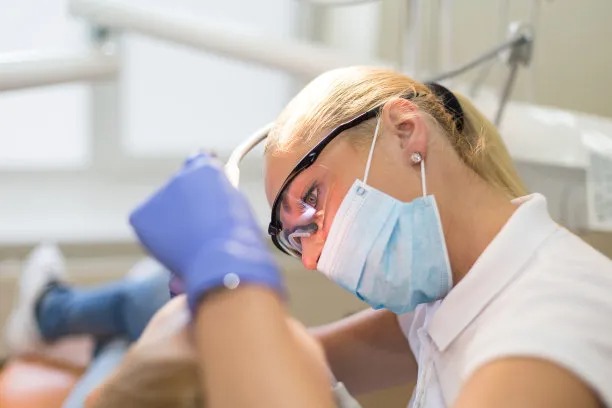The Essential Guide to Safely Extracting a Tooth for Optimal Oral Health and Healing
Summary: Extracting a tooth is a crucial dental procedure that can greatly influence oral health. This guide outlines essential steps and considerations for safely performing a tooth extraction. We will delve into preparing for the procedure, understanding the types of tooth extractions, outlining the recovery process, and highlighting post-extraction care to promote optimal healing. By following these guidelines, individuals can navigate the complexities of tooth extraction confidently and prioritize their oral health effectively.
1. Preparing for Tooth Extraction Procedures

Before embarking on the tooth extraction journey, thorough preparation is essential. The first step involves a consultation with a dental professional to assess the need for extraction. This examination may include X-rays and evaluations to determine the best course of action, ensuring a safe procedure.
Patients should also disclose their medical history, including any medications and allergies. This information allows dentists to anticipate potential complications and administer appropriate anesthesia during the extraction process. Effective communication is vital for a successful extraction.
Additionally, patients are advised to follow specific pre-operative instructions, such as fasting or avoiding certain medications. These precautionary measures enhance the safety and efficacy of the extraction, reducing the likelihood of complications during and after the procedure.
2. Understanding Types of Tooth Extractions
Tooth extractions can be categorized into two main types: simple and surgical. Simple extractions are typically performed on visible teeth in the mouth using local anesthesia. This process requires less recovery time and is generally straightforward.
Surgical extractions, on the other hand, are more complex and involve teeth that are not fully erupted or are impacted. These procedures usually necessitate general anesthesia and a more extensive recovery period. Understanding the type of extraction required helps patients prepare adequately.
In both cases, the dentist will discuss the procedure thoroughly with the patient, ensuring their understanding and comfort. By clarifying the differences and potential outcomes, patients can make informed decisions about their dental care.
3. Navigating the Recovery Process After Extraction
Post-extraction recovery is a significant aspect of ensuring optimal oral health. Immediately after the procedure, patients may experience some discomfort, swelling, and minor bleeding. It is crucial to follow the dentists instructions regarding rest and cold compress application to minimize swelling.
Patients should also be aware of dietary restrictions during recovery. Soft foods are recommended initially, gradually transitioning to a more diverse diet as healing progresses. Staying hydrated is equally important, but straws should be avoided to prevent dislodging the blood clot formed at the extraction site.
Monitoring the healing process is vital. Any persistent pain, excessive bleeding, or symptoms of infection should prompt immediate contact with the dental provider. Prompt action can prevent complications and ensure a smoother and quicker recovery.
4. Post-Extraction Care for Optimal Healing
Effective post-extraction care is essential for promoting optimal healing. Patients should adhere to the aftercare guidelines provided by their dentist, which may include medication for pain management and antibiotics to prevent infection.
Maintaining oral hygiene is crucial, but caution is advised during the first few days following extraction. Gentle rinsing with warm salt water can help cleanse the area without disturbing the healing blood clot. Regular brushing should be avoided near the extraction site until it has healed adequately.
Ultimately, regular follow-ups with the dentist ensure proper healing. These appointments allow the dentist to monitor recovery and address any concerns, leading to a positive outcome after the extraction process. Proactive care significantly enhances the chances of a successful recovery.
Summary:
The journey of extracting a tooth involves careful preparation, understanding the types of extractions, managing recovery, and ensuring excellent post-extraction care. Each phase plays a critical role in achieving a successful procedure and promoting overall oral health. When approached correctly, tooth extraction can lead to significant long-term benefits for patients.
This article is compiled by Vickong Dental and the content is for reference only.


